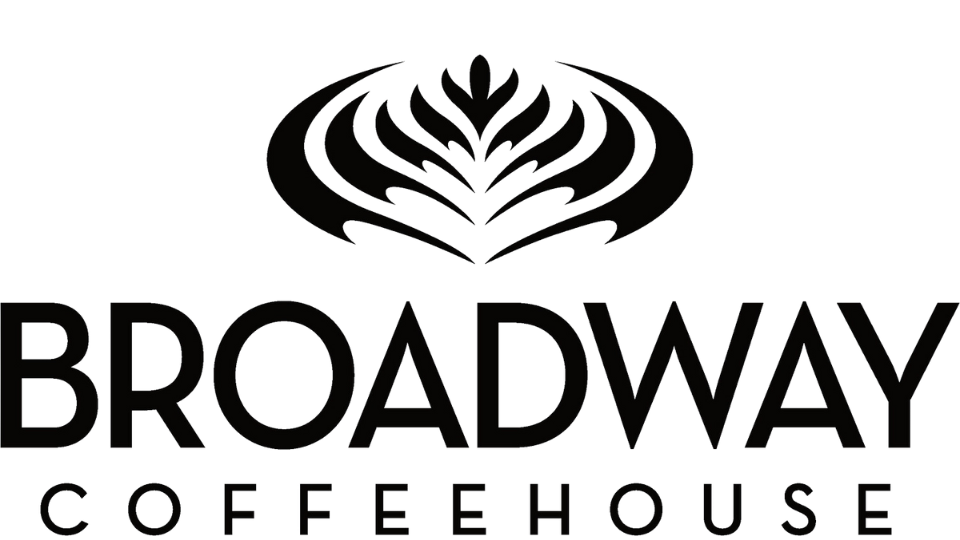Coffee 201
Brew Ratio: Ristretto, Lungo, Etc.
Much of this content is from The Professional Barista’s Handbook by Scott Rao, Andy Schecter’s 2006 post “Brewing Ratios for Espresso Beverages”, and this great video by James Hoffmann: “Understanding Espresso - Ratio”
OVERVIEW
This week, we’re talking about Brew Ratios and the terms that go along with them. We’ll talk about the concept of a “brew ratio”, define some common coffee-industry terms, and give a basic rundown of what you might need to do with this information.
What is a Brew Ratio?
The term “Brew Ratio” simply refers to the ratio between the weight of dry coffee going in (i.e. the weight of ground coffee you’re putting in the portafilter basket) and the amount of liquid coffee coming out (i.e. the weight of espresso you’re getting out of the machine).
For example, by default we dose 19g of dry coffee: if we pull a set (a term for a double shot we picked up from Stumptown) of espresso and it weighs 26g out of the machine, that’s 19/26 (19g in, 26g out), which could also be referred to as a 1 to 1.4 ratio, written 1:1.4.
Another example: A 1:2 ratio with our standard dose would be 19 grams in, 38 grams out. That’s measuring coffee by weight, not volume.
Coava likes shorter ratios, or what’s called “ristretto”. You may have heard terms like ristretto or lungo before. Let’s define them.
Ristretto, Normale, Lungo: Definitions
From Scott Rao: “A normale is a standard shot, a ristretto is made with the same dose but less water, and a lungo is made with the same dose but more water. Therefore the three terms refer loosely to espresso brewing ratios.”
Rao includes a big, mind-melting chart made by a guy named Andy Schecter. It’s a lot, so I’ve distilled that down into some basic helpful definitions, although it’s worth noting that these parameters are not set in stone. This all assumes a double shot, or a set, of espresso.
Ristretto: This is a short (or “restricted – ristretto”) espresso. The ratio here is anywhere from a 1:1 ratio to a 1:1.5.
An example of a 1:1.5 ratio is a dose (in) of 19g and a yield (out) of 28.5g. I got that number by multiplying 19 x 1.5.
Normal(e): This is a “normal” set of espresso. This range is 1:1.5 to 1:2.5.
An example of a 1:1.8 ratio is a dose of 19g and a yield of 34g.
Another example is a 1:2.5 – dose of 19g and a yield of 47.5g. See the big difference?
Lungo: This is a long espresso. The ratio here is anywhere from 1:2.5 all the way up to 1:4+. This can sometimes border on being like a small cup of coffee. We almost never pull these, but I’ve been asked to before. Feel free if someone does.
Why Weigh Coffee At All?
The short answer is “Crema”. Crema (that light colored foam on top of espresso) is similar to espresso in contents but is more airy (it’s related to that CO2 output we learned about a couple weeks ago). Therefore, it’s lighter in weight, and depending on how fresh or not-fresh a coffee is, there will be more or less crema in the cup. This means that the volume can “trick” you by being mostly crema.
As James Hoffmann says, “If you’re chasing a fixed volume, to get that fixed volume, say 50ml as a double espresso, with very fresh coffee, more of that volume is going to be gas and foam, basically, and less will be liquid. Compared to a coffee that has rested or aged a little bit more that has less CO2 in it. This will mean you produce identical looking espresso that actually have very different recipes. For that reason, I would strongly recommend weighing the output of your coffee machine, because that way you’ll really understand how much liquid you pushed through [...] This is probably the most critical thing to control to have consistent and repeatable-tasting espresso.”
Practical Tips
Try out weighing your sets.
A quick and easy way to do this is to just put another measuring demitasse on the scale, zero it out, and pour your espresso into it. Check the weight. If it’s around 26 to 28g, you’ve pulled a ristretto. That’s great. Higher numbers like 32 or 34 grams are bringing you into the normal range. Coava roasts their coffee to be optimized for ristretto-style espresso. Conversely, Dapper & Wise doesn’t roast for ristretto-style, so you might try for a higher yield with their coffees.
Volume is not the most important factor.
In order to change the weight of your espresso, you may need to change the volume. That’s totally fine. A coffee may taste better at a higher volume or a slightly lower volume. What matters is the flavor and communication. The boards are there so you can write down how you’ve dialed on that espresso, what volume you’re pulling it to, what the output weight is, etc. Your bar handoff conversation also helps explain what’s written on the boards.

